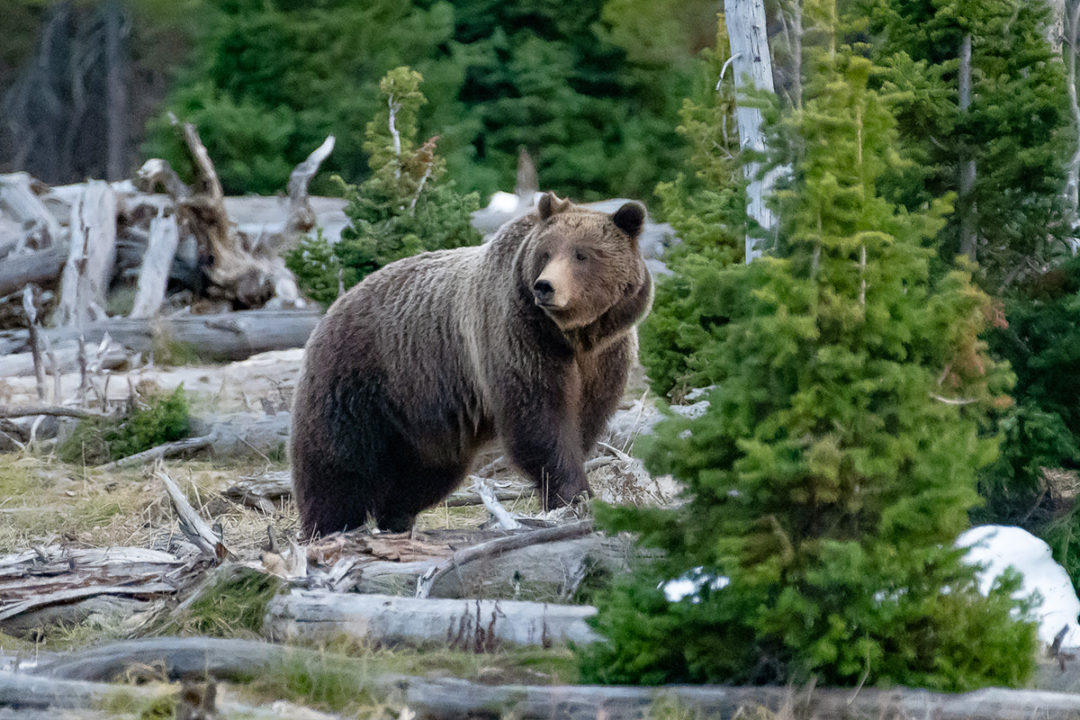The reintroduction of apex predator species to parts of their historical range continues to be a hot-button topic in the western U.S. With Colorado Parks and Wildlife still on track as of press time to release gray wolves into parts of that state by the beginning of 2024, similar concerns and discussions have arisen in regard to federal plans to establish a grizzly bear population in the North Cascade Range of Washington state.
There have been no verified sightings of grizzlies on the U.S. side of the North Cascades since 1996; only two sightings have been verified on the Canadian end of the range in that same time. The public comment period closed on Nov. 13 for a plan drafted by the National Park Service and U.S. Fish and Wildlife Service to restore grizzlies to the North Cascades ecosystem. The agencies plan to present a final plan for the bears’ potential reintroduction to the North Cascades this spring. One option outlined in the currently published plans would allow grizzlies to be managed as a threatened species under the Endangered Species Act and would allow for some to be captured, moved or killed under specific circumstances. Another option would allow landowners to request removal of bears if they pose a threat to humans or livestock.
Predictably, the issue has sparked a level of controversy in the region. Of note, some native tribes have expressed support for grizzly reintroduction, while others have voiced strong opposition.
On Nov. 13, the National Cattlemen’s Beef Association (NCBA), Public Lands Council and Washington Cattlemen’s Association joined other agricultural organizations in filing comments opposing the federal agencies’ plan to introduce grizzlies to the North Cascades.
“This latest proposed rule from the U.S. Fish and Wildlife Service follows years of opposition from rural Washington communities, cattle ranchers and sheep producers,” the NCBA said in a statement. “This is a misguided effort by federal bureaucrats that will not make a meaningful difference to the success of the species but will impose a severe burden on rural communities and livestock producers.”









